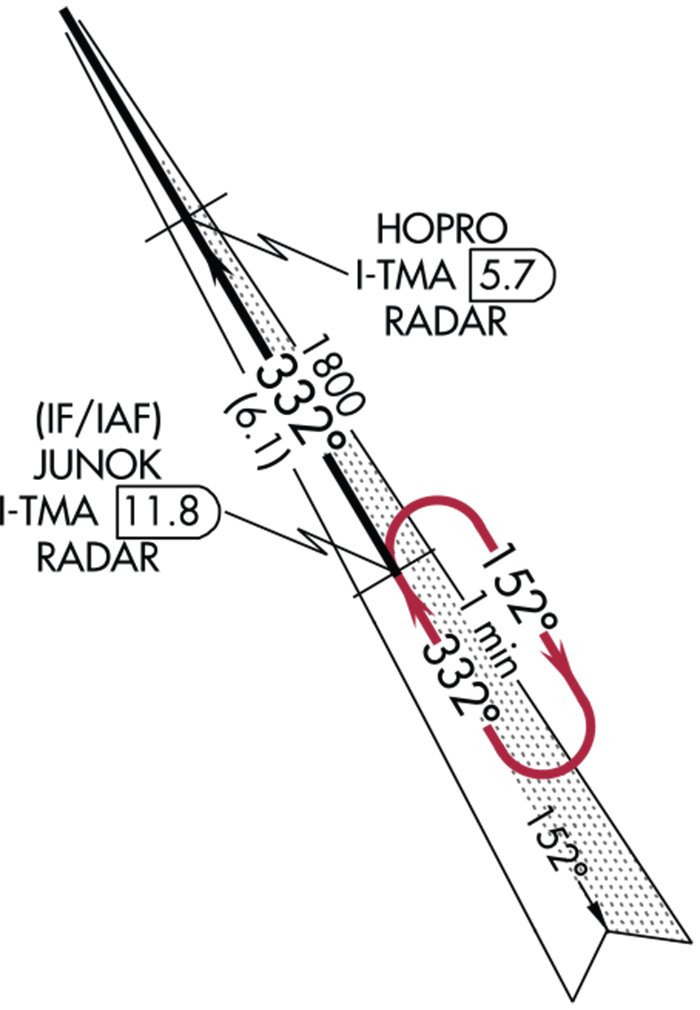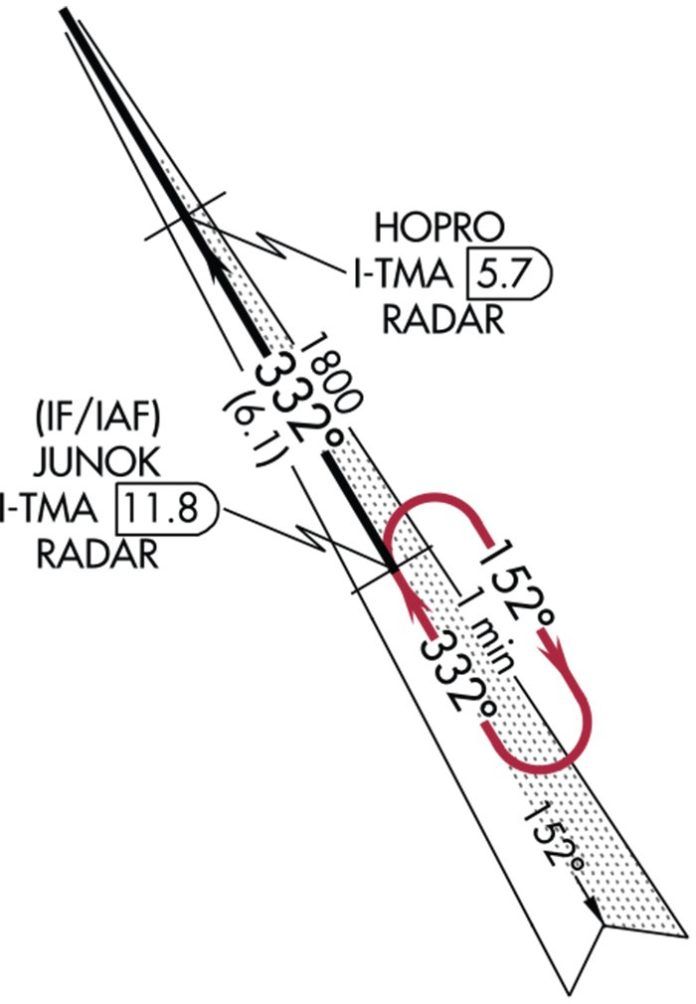Hold or procedure turn?
Its common for a student with whom Im flying for the first time to ask if he/she needs to fly a full turn around the holding pattern, or if its okay to continue inbound on the approach once intercepting the inbound course. Controllers expect you to continue inbound from the hold entry without flying a complete circuit of the holding pattern. Its not a hard-and-fast rule, but courtesy demands telling controllers you will not continue inbound and will instead circle in the hold if for any reason youre not ready to continue inbound immediately from the hold entry.

Examples include not being on speed or altitude when approaching the fix while flying inbound, not having the airplane configured for a stabilized approach, or simply not being read to fly the procedure, for example, if you have not yet listened to ATIS or AWOS, or have not fully briefed the approach chart.
Confusing the inbound and outbound headings
This happens more often than youd think. Drawing the picture, and comparing it to the direction youll fly if the hold is part of an approach, a SID or a STAR, should help prevent this common IFR error.
Intercept the inbound course while flying outbound in the hold
The outbound leg of a holding pattern has no ground-based navigation guidance. You may well be flying around a holding pattern depicted on a GPS or MFD, in which case youll always have an idea of whether youre on the proper track. But if youre not using GPS or youre holding in something other than a published holding pattern, youll simply fly a heading that parallels the inbound course while youre flying outbound in the hold.
Timing failure
Timing on the outbound leg begins when wings level from the turn or when you can positively determine youre opposite the holding fix, whichever comes last.




